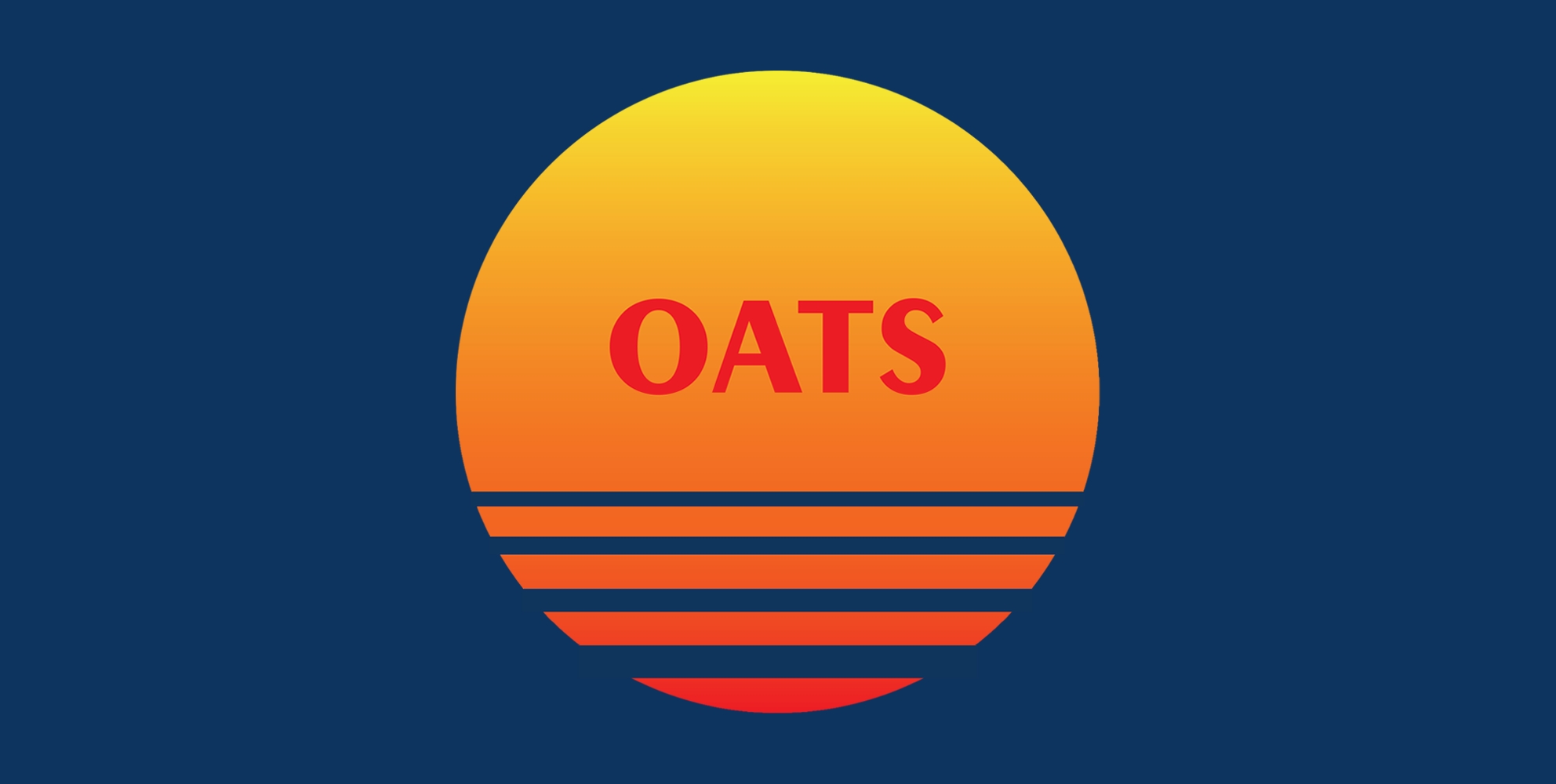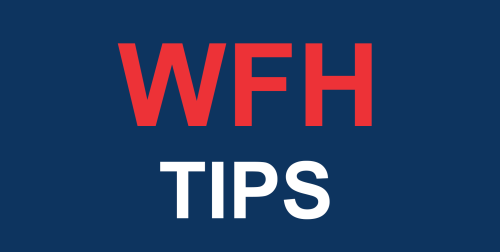In 2012, as a result of the “Flash Crash” two years prior, the US Security and Exchanges Commission determined that the audit information captured by the electronic trading industry was insufficient for effectively investigating and enforcing regulatory requirements in the constantly evolving modern exchanges. The SEC subsequently released a proposal, known as Rule 613, to overhaul the auditing systems of the exchanges and self-regulatory organizations in order to combine them into a single, robust audit trail that would capture all relevant trade data from every stage of a transaction’s cycle. With the adoption of this rule, the exchanges of the National Market System were mandated to create a Consolidated Audit Trail, or more simply CAT, as a replacement for the existing disparate web of auditing systems employed throughout the industry. The initial contract to build the new auditing database was awarded to Thesys Technologies, but after a series of missteps and delays, US exchanges elected to terminate that relationship in 2019 and establish the Financial Industry Regulatory Authority (FINRA) as the new CAT NMS plan processor. As of April 2020, FINRA has begun collecting production CATA data from industry members, and once the system is fully adopted, it will wholly supplant FINRA’s current audit reporting framework, the Order Audit Trail System (OATS).
The Need for a New Audit System
As outlined in the final release of the SEC Rule 613 proposal, there are four qualities of trade data required for effective auditing:
- Accuracy
-
- Is the data about a particular order or trade correct?
- Completeness
-
- Does the data represent all market activity of interest or just a subset?
- Is the data sufficiently detailed to provide the required information?
- Accessibility
-
- How is the data stored?
- How practical is it to assemble, aggregate, reconcile, and process the data?
- Can all appropriate regulators acquire the data they need?
- Timeliness
-
- When is the data available to regulators?
- How long will it take to process before it can be used for regulatory analyses?
The SEC determined that current auditing systems fell short of fully meeting these requirements, and with the ever greater volume and complexity of electronic trading, it has likewise become increasingly difficult to follow orders through their entire lifecycle. One major reason for these shortcomings is the disparate nature of auditing trails, which are maintained individually by each self-regulatory organization. This requires piecing together an order’s full lifespan from multiple, potentially incomplete sources, and in many cases, it may be impossible to create such a link. Crucially, current audit implementations lack key information that would identify the customer who originated an order, or which would identify whether sets of orders, especially in different exchanges, were originated by the same customer.
Overview of CAT NMS Plan
The Consolidated Audit Trail, as outlined in the CAT NMS Plan, is a collaborative endeavor between US exchanges, FINRA and industry members to fulfill the SEC’s mandate to develop a more robust auditing system. The overall goal of the plan is to implement an audit trail that will capture both customer and order information across all NMS and OTC Equity Securities. Per the SEC’s guidelines, this information must encapsulate an order’s entire lifetime, including creation, cancellation, modification, execution, and allocation. Unlike FINRA’s previous system, OATS, there are no exemptions for which firms are required to report trade data: both small firms and non-members must submit to CAT.
Enhancements Compared to OATS
There are several key reporting differences that enhance the data capturing capability of the CAT system over its predecessor OATS:
- Customer Identification
-
- CAT requires customer information to be captured in reported trade data; this comes in the form of unique FDIDs provided as part of the trade record
- Options
-
- The scope of CAT was expanded to include both equity securities as well as equity options
- Quotes
-
- Trade records will also contain market data information at the time of order routing
- Event Types
-
- Expanded list of reportable event types for increased granularity
- Representative Order Scenarios
-
- Linkage of customer orders to representative street-side orders (for example, agency average price accounts traded on several exchanges or aggregated orders from multiple customers)
Improvements to the quality and breadth of reported data are not the only notable changes in the switch to CAT. The new system also offers a number of technical enhancements to modernize the platform. CAT will support multiple file formats (JSON and CSV), allowing trading systems some flexibility in how they generate audit files. Additionally, there are now two separate types of files, a trade data file, and a metadata file. The metadata file outlines the names of trade data files being submitted and the number of records contained therein. This will allow CAT to accept multiple trade data files in a single day from the same firm as they can be linked together by a single unifying metadata file.
Error detection and correction have seen some revamping as well. CAT files are consumed in a multi-step process to catch errors and make it simpler to determine where problems might lie in the data:
- File Integrity
-
- File names checked for uniqueness
- Format is checked for readability
- Data files are paired with metadata files
- Data Ingestion
-
- Individual trade records validated for correct formatting and data contents
- Linkage Discovery
-
- Checked for duplicate records that have already been reported
- Checked for the correct sequence of reported events
- Matched to trade events inside and outside firm using linking fields (called “Linkage Keys”)
Should a CAT submission fail in any one of these steps, it will be clearly indicated, along with specific details about which records are affected and the nature of the failure. To help manage this, users have access to the CAT Reporting Portal, which provides a secure web interface for monitoring file statuses, checking error statistics, and making corrections. Once identified, errors are made immediately available on the Portal. Corrections must be made by 8 AM Eastern Time on T+3.
Production Readiness
Originally, the CAT system was scheduled to go live for equity reporting on April 20; however, due to the global disruption caused by the Covid-19 pandemic, this timeline has been delayed to allow firms to focus critical resources on the transition to remote operation. While optional production reporting for equity securities has already begun, mandatory submission to CAT for large industry members is currently slated to begin on June 22 for equity securities and July 20 for options.
To meet this deadline, firms will need to submit test data for certification at least two weeks prior to the expected go-live date in order to gain access to the production CAT environment in time. FINRA has provided a UAT system (complete with a web-based Reporting Portal) that will process files identically to production and provide error feedback to help firms in developing their CAT integration. Once an error rate below 10% has been achieved, firms can contact the CAT help desk to have the test data certified for production readiness.
Despite the challenges of recent weeks, InfoReach has upheld the original timeline and received production certification as a CAT reporting agent well ahead of the new deadline.
Farewell to OATS
The development and final implementation of the CAT NMS Plan has been a nearly decade long undertaking for the financial industry. In order to meet the high bar set by Rule 613, the Consolidated Audit Trail has unavoidably grown in complexity compared to its predecessors. However, FINRA and industry members have addressed each of the SEC’s concerns for existing audit trails and will now provide a far more complete picture of market activity to the SEC than ever before. For the foreseeable future, OATS and CAT will run in parallel, but once the industry has fully switched over to CAT and the system has proven its reliability, OATS will be retired and decommissioned.





